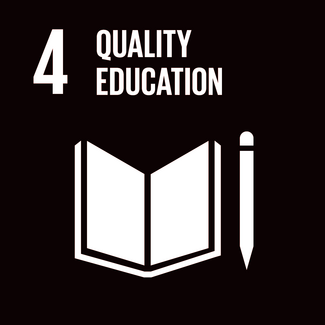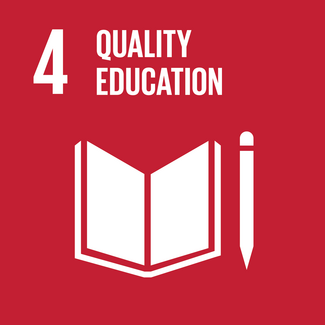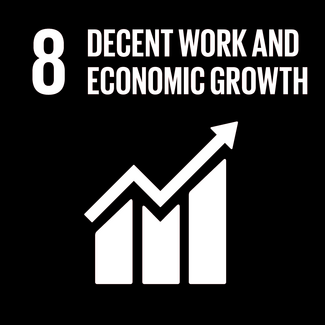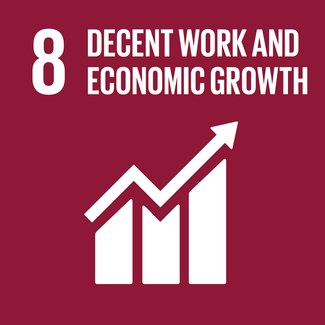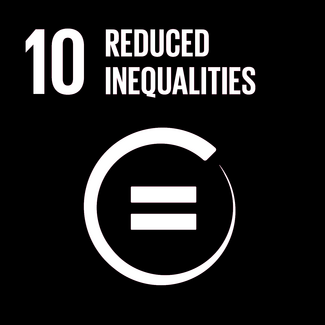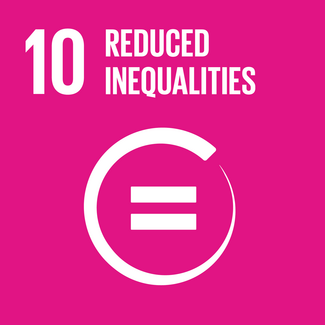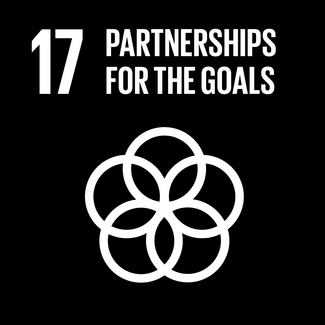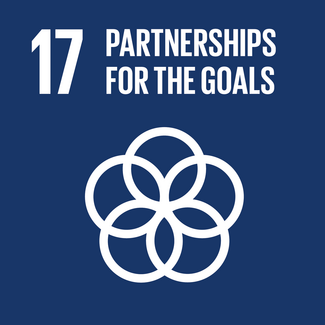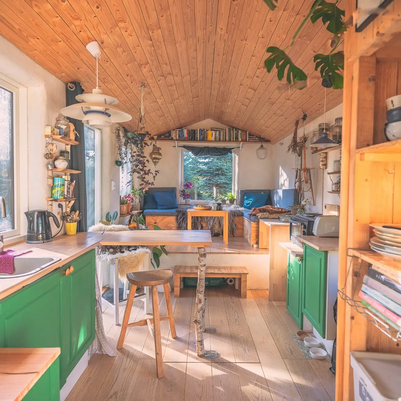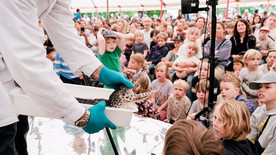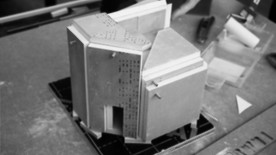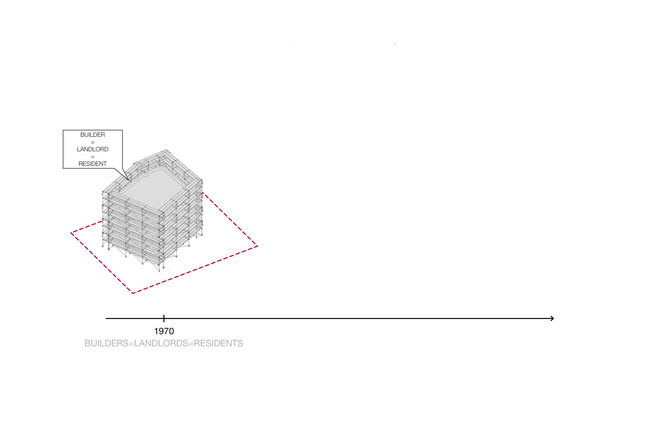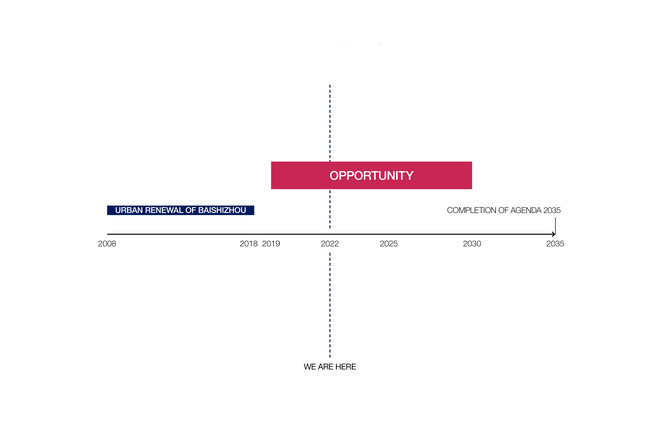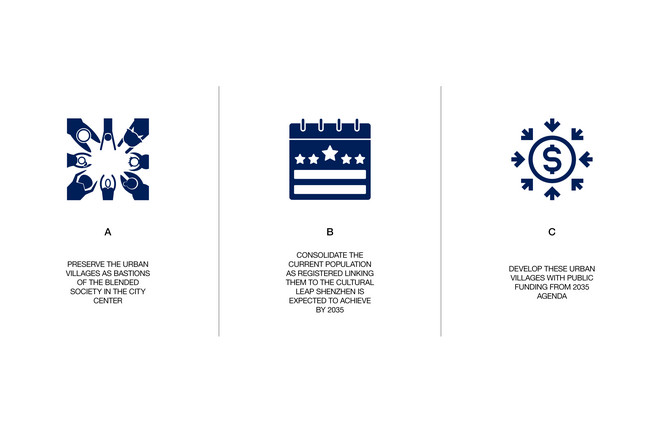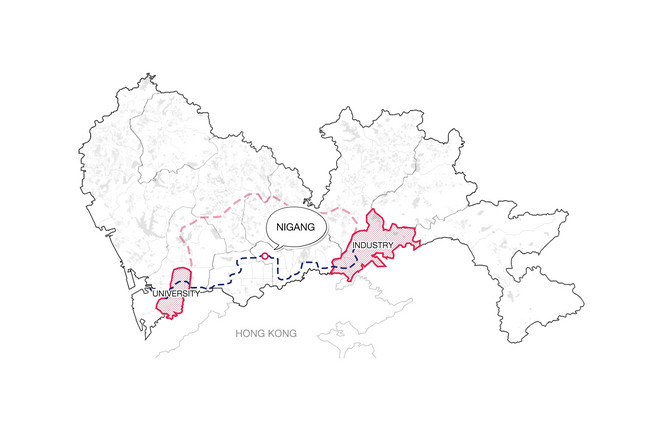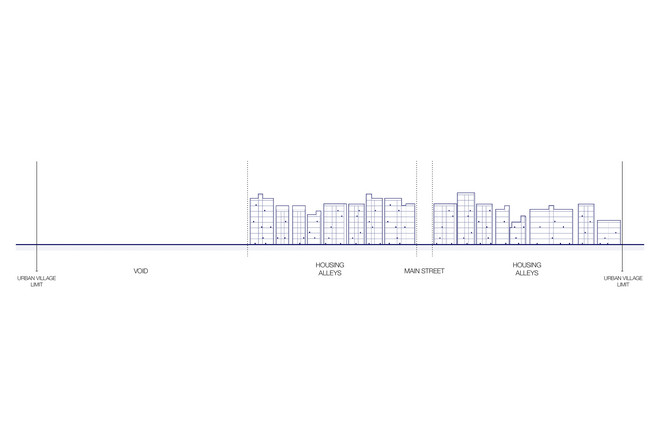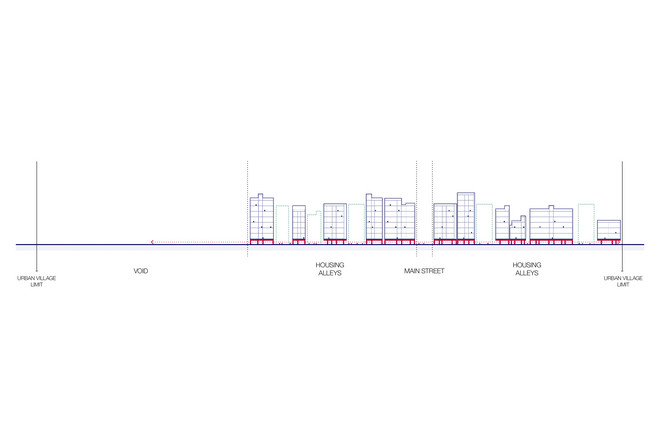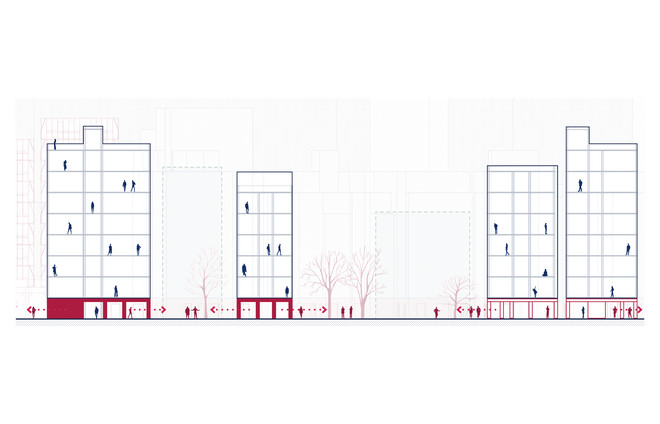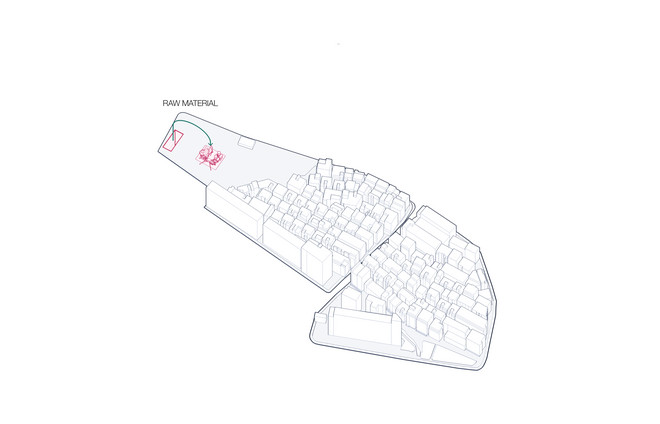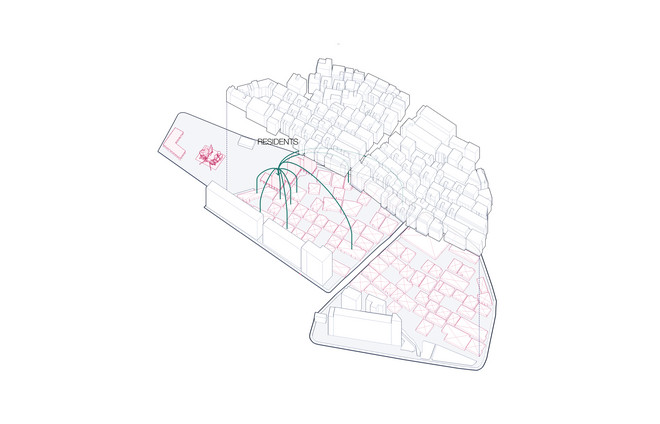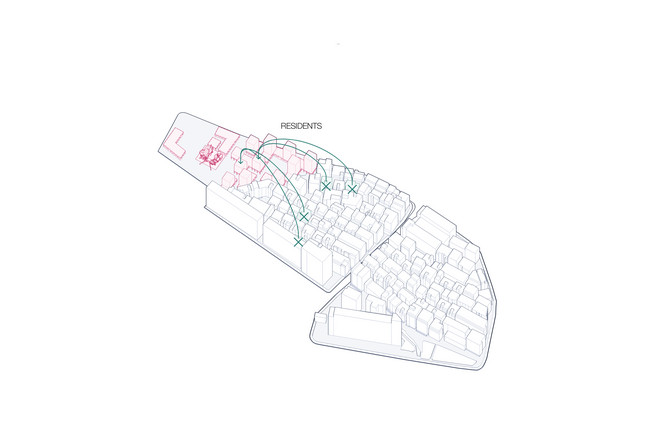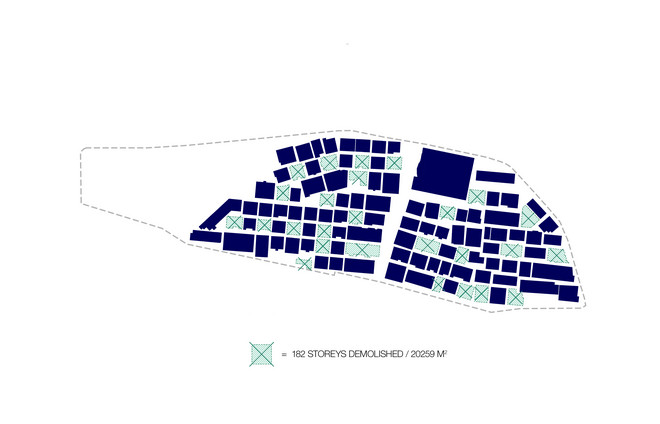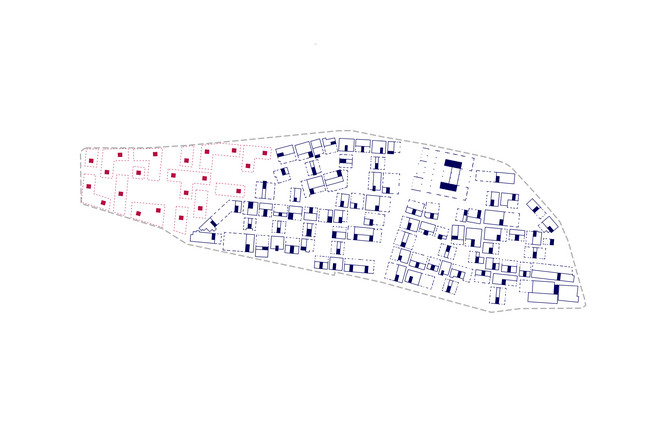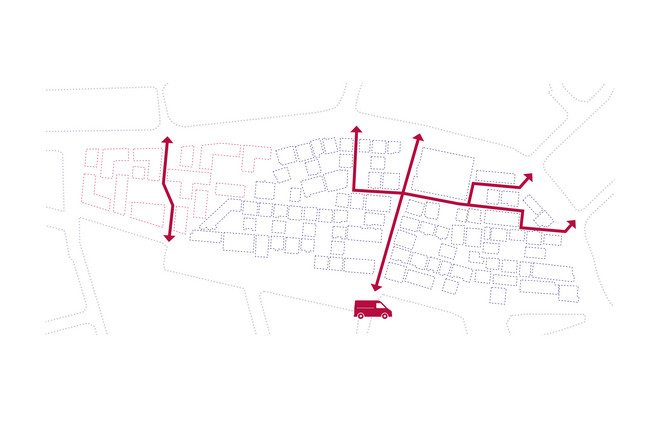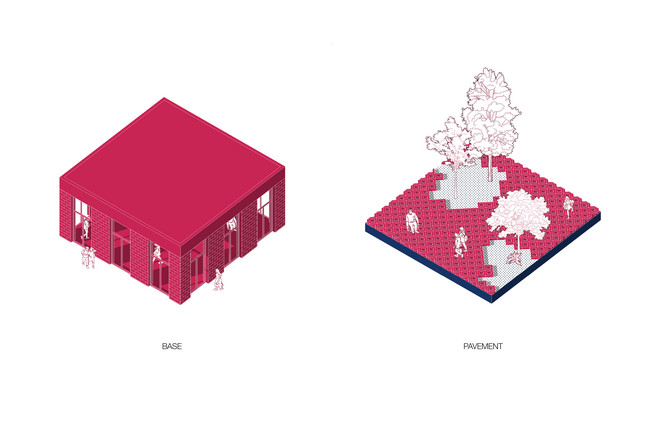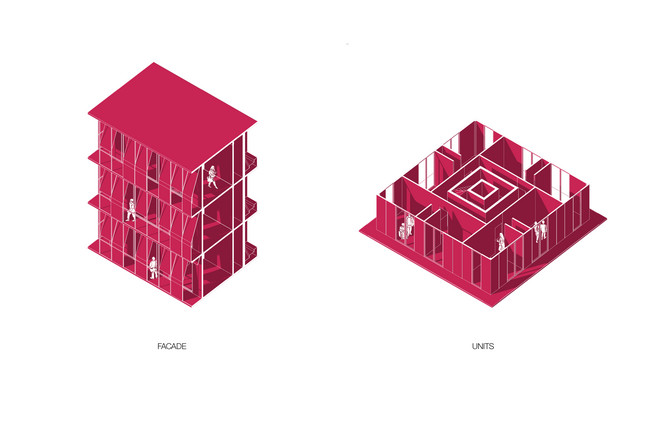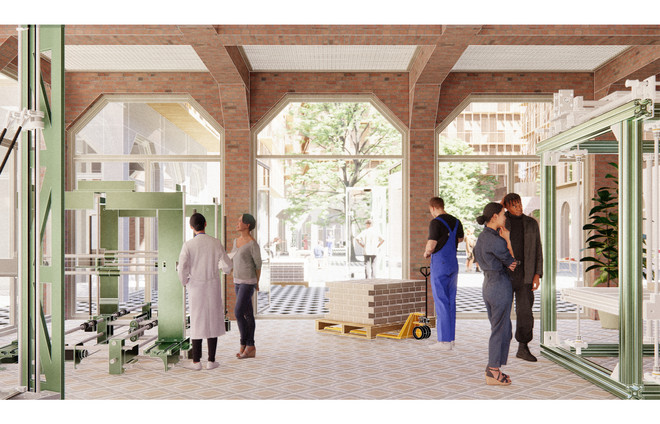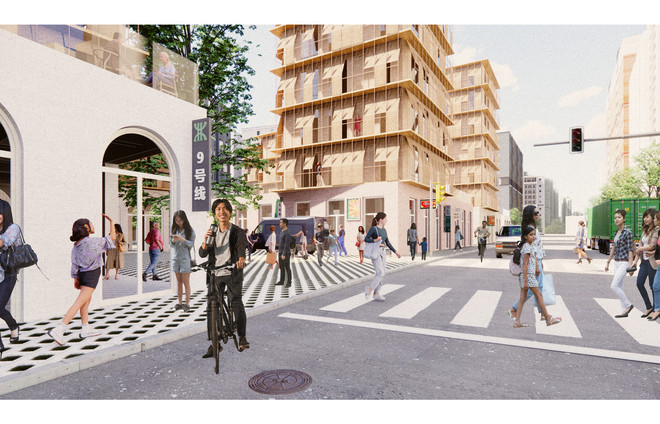

Expanded Atomized Domesticity
In the window of oppotunity, we try to preserve an affordable home for a blended society that's not monolithic in economic, educational or cultural terms. And that must have a right to dwell in the heart of the changing metropolis of Shenzhen
URBAN RENEWAL
When the government designated Shenzhen as a special economy zone, they left patches of land for the villagers themselves to build their homes. That is urban village, a space occupied by a blended society, now in danger by a process called urban renewal.
The Collapse_Design-Making of Urban Renewal in China
ATOMIZED DOMESTICITY
In the 70's, people built their homes in the urban villages to live in them. But today, most of these original neighbors have moved to higher end dwellings, and rent out their houses in the urban village to others for an affordable rent. With this affordable rent, one can get a modest private space with room for all essential intimate domestic functions. And the non-essential intimate domestic functions are atomized and distributed in shared space of the public realm. That's why we call urban village now, an atomized domesticity.
WINDOW OF OPPORTUNITY
Shenzhen is part of the 2035 Great bay area plan. This central government initiative consists of creating a mega-conurbation, joining all the cities of the area infrastructurally, and giving each of the cities a specific role. And Shenzhen will be the educational city and industrial development in the future. At the same time, if we look at the timeline, two global scale socioeconomic events have jeopardized the urban renewal. They are covid-19 and real estate crisis. Since the public funds are allocated to fulfill the 2035 plans, the traditional way of urban renewals are in a halt. But, this is our window of opportunity.
Firstly, it is an opportunity to preserve the urban villages as bastions of the blended society
Secondly, it is an opportunity to consolidate the current population as registered population, linking them to the cultural leap, which Shenzhen is expected to achieve by 2035
Thirdly, it is an opportunity to develop these urban villages with public funding from 2035 agenda by turning them into nodes of education and industrial expansion
NIGANG VILLAGE
Nigang, is one of the urban villages in the government's list for urban renewal. It is located almost half-way between the two most important educational and industrial area of the city, and directly connected to both by metro and bus. It is located within the city center, boundary 3km away from Hong Kong.
Rather than demolishing the whole village, The government will only demolish enough buildings to grant good lighting and ventilation conditions. Together with this operation, the government also removes all dwellings from the ground floor level, compensating their owners. This generates a continuous, porous ground floor level consisting of a sequence of exterior and interior rooms which can host a new public program. A part of the new public bases will be managed by the government and municipality, which will implement in it educational & industrial development programs as per agenda 2035. This will turn the base of the village in a skill and knowledge incubator of which the residents will benefit. And the rest of the new public bases will be managed by the village committee. They will rent out these spaces to small startups and other service businesses. Since there is no need of extra density as per the 2035 agenda. The demolished flats will be rebuilt in the void of the urban village. They will be owned by the government and will have a fixed rent, that will grant low-income people access to them.
In this urban renewal scenario, the most benefitted agents will be the city and the residents. The city will be managing an inclusive, knowledge and skill incubator and new social housing, financed with 2035 agenda funds. The residents will be able to keep living in Nigang as an atomized domesticity, and will experience how the 2035 agenda funding will expand their atomized domesticity with industrial and educational development facilities.
PHASING & URBAN GUIDELINES FOR THE PROPOSAL MASTERPLAN
The proposal masterplan for Nigang is the result of a phased set of urban operations that involve preservation, demolition and building from scratch. These operations are color coded as blue for preserving, green for demolishing and red for building.
The phasing and urban guidelines are in order to preserve every part of the blended society when providing them with an oppotunity to live, work and learn better in the atomized domesticity.
EXPANDED ATOMIZED DOMESTICITY
In his essay "dwellings, spaces to exploit", Jacques Hondelatte asks himself: "where would I like to live?" And answers: my ideal dwelling would be a catalogue of spaces of different sizes and conditions, without them being ties to a specific function. This masterplan understands the urban village as a collection of many rooms, some exterior, some interioi, some private, some public, some larger, some smaller, which domesticity is atomized and scattered. And domesticity is not understood here as the survival of isolated individuals. It's understood as the creation of an active and inclusive community where to find inspiration, skills and knowledge, which are keys that unlock equality of rights in the Chinese society. But also as a place for socialization and leisure. Where traditional collective activities like the flower market, for instance, find a local venue. Like other urban villages, Nigang is still a melting pot of local activity. But it's inviting to the surroundings and open and well connected with the rest of Shenzhen. And above all, Nigang is an affordable home for a blended society that's not monolithic in economic, educational or cultural terms. And that must have a right to dwell in the heart of the changing metropolis of Shenzhen.
Det Kongelige Akademi understøtter FN’s verdensmål
Siden 2017 har Det Kongelige Akademi arbejdet med FN’s verdensmål. Det afspejler sig i forskning, undervisning og afgangsprojekter. Dette projekt har forholdt sig til følgende FN-mål